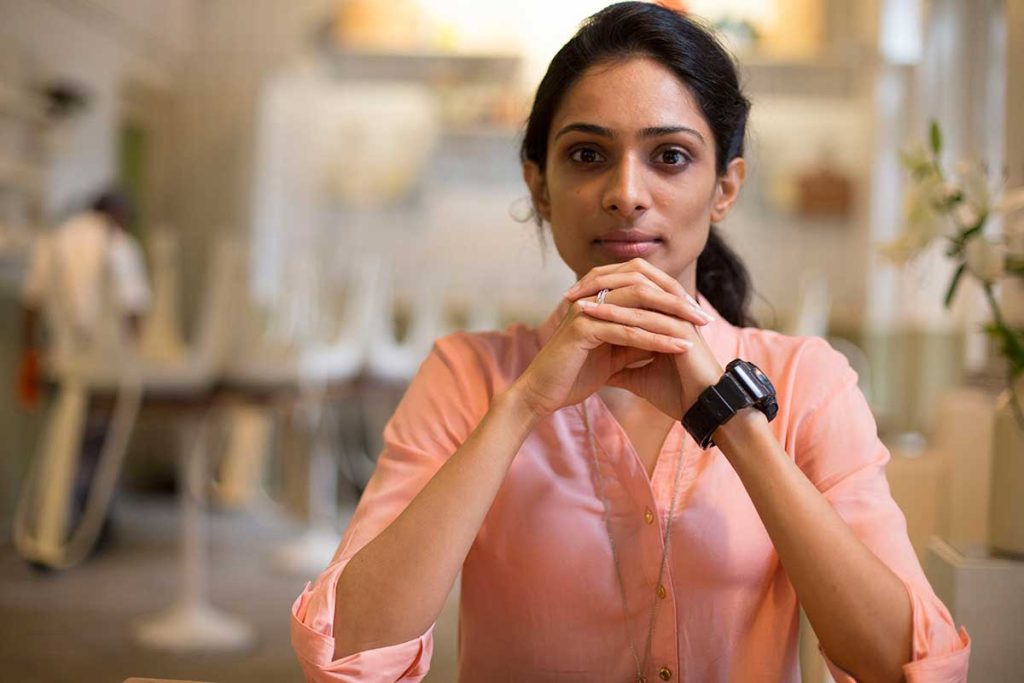With a firm belief in serving food cooked in its original form, Chintan Pandya is the creative mind behind four very successful restaurants, including one that won a Michelin star.
(August 27, 2023) A chat with Chintan Pandya, Chef Partner at Unapologetic Foods and the brain behind Dhamaka, the Indian restaurant in New York, reveals that he is one of life’s straight shooters. Retaining the candour that is a trademark of the Gujarati community he comes from, growing up in Mumbai – where no one has time for anything except straight talk – and then finding his life’s calling after moving to the US, he has truly transferred the integrity of his beliefs into the food he serves.
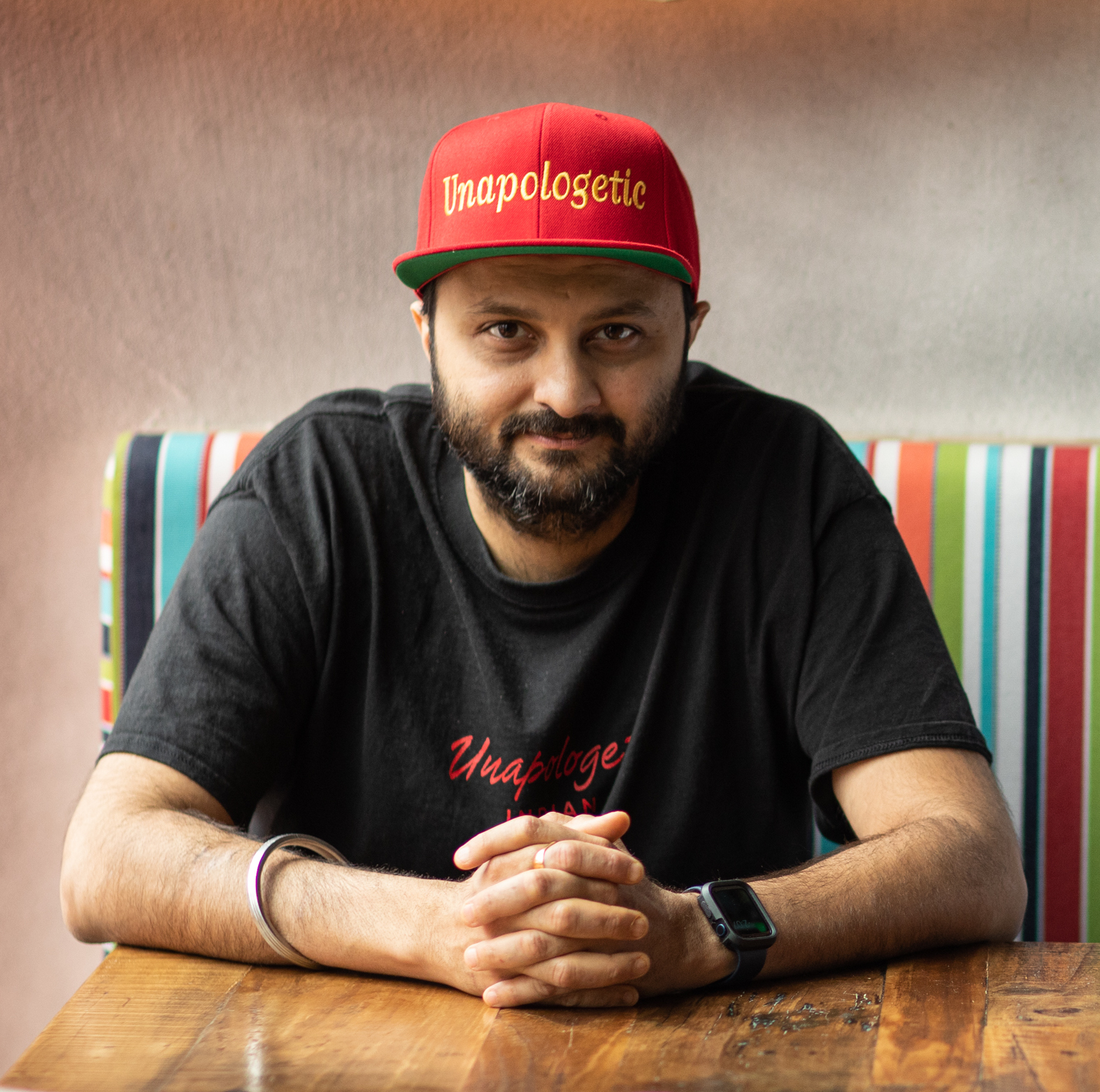
Chef Chintan Pandya.
Explosions of Flavour
In these days of political correctness, Chintan prefers to be honest. He says, “I speak the truth and I don’t believe in sugar coating anything.” In the hospitality business, where keeping customers happy is of prime importance, does this approach work? Apparently, it does. Dhamaka, meaning explosion, the Indian restaurant launched by Chintan and his business partner Roni Mazumdar, with whom he set up their company called Unapologetic Foods, is serving little-known Indian dishes from states like Meghalaya, Bihar and Nagaland among others, to huge success. What’s more, the dishes are cooked in their original style, with no tweaking, even being served in the containers they are cooked in.
His other restaurant, Semma, serving micro-regional South Indian cuisine, headed by Head Chef Vijay Kumar, was awarded a Michelin star within a year of its opening. And, Adda, his restaurant serving classic Indian and street food, is the only one in his bouquet of brands that serves naan and butter chicken. Rowdy Rooster, serving Indian style fried chicken among other things, is also making its mark, Masalawala serving Bengali food is popular and Kebabwala, serving grilled meats and kebabs like you get in India is on the anvil.
And oh, he is also the first Indian from New York, the third person of colour, and the first Indian cooking ethnic Indian food to win the prestigious James Beard Award in the culinary field last year. Not bad for someone who doesn’t believe in compromising his culinary skills now, is it?
So, how has Chintan quite literally, caused a dhamaka in the US with his food which is spicy, rich with little known masalas, and includes ingredients like pig’s tails and dishes like Champaran Meat and Nalli Biryani on the menu? With a generous smattering of Hindi phrases interspersed, he says, “I have always questioned the norm and looked for the logic behind it. Yeh aisa kyun hai? I also asked the same questions about the Indian food served in the US.” He doesn’t have anything complimentary to say about the butter and cream laden, bland versions of desi food that was and is perhaps still being served in several places. “Sticking to my beliefs has caused me a lot of setbacks in the past. But I knew what I wanted and that was to cook Indian food as close to its original recipe.”
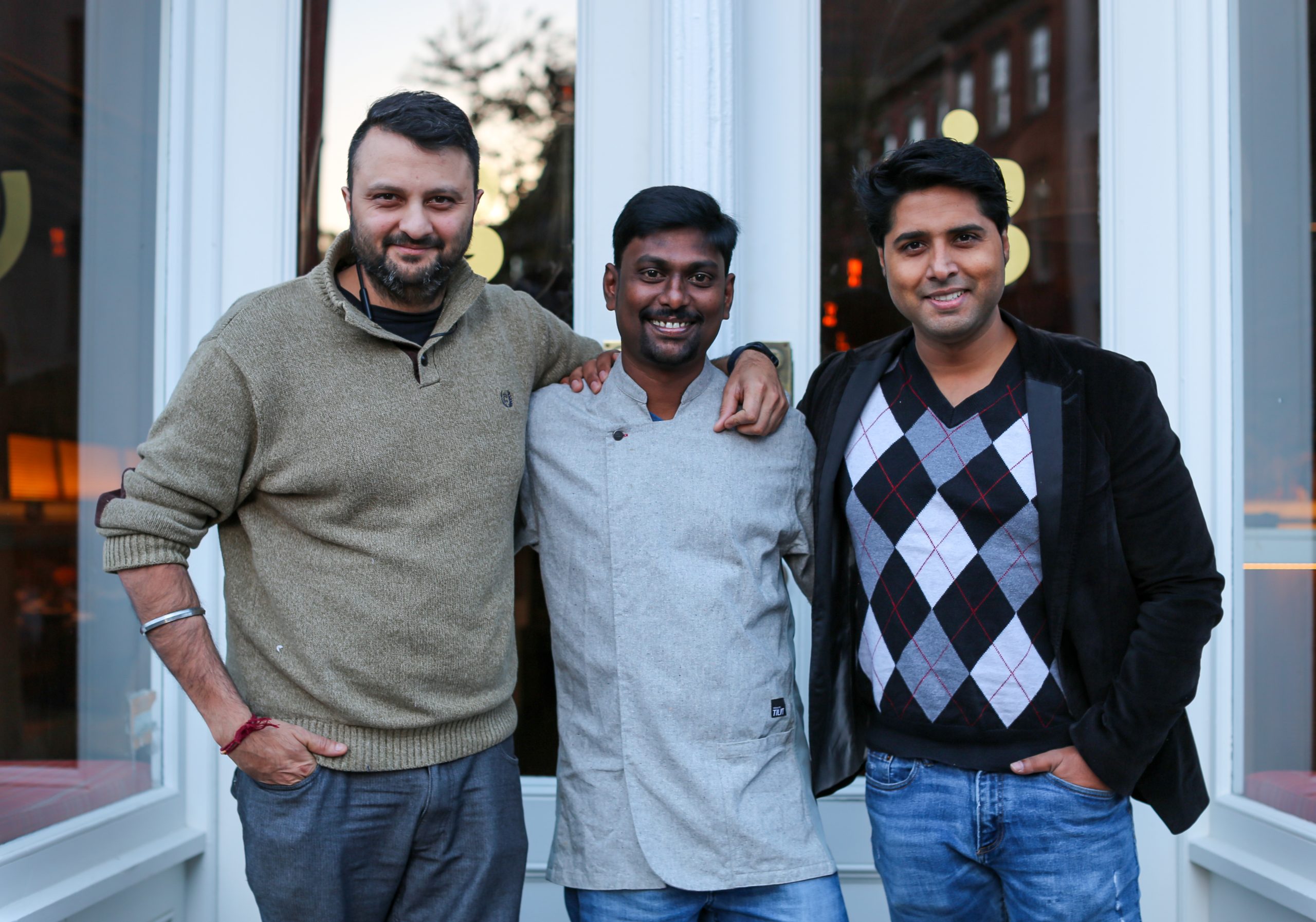
Chef Chintan Pandya with Chef Vijay Kumar and Roni Mazumdar
Unapologetically Indian
Incidentally, he adds that the only complaints he has ever received about his food, few and far between as they are, have come from Indian Americans. The local people of different heritage who dine here relish his creations. “When an Indian American complained about my biryani, and asked me to change it, I refused. I respectfully told him that we have sold over 4000 biryanis so far. If I get only two or three complaints about it, I am not going to change it. You are welcome to eat at the place you say makes it better.”
Dhamaka has some dishes you would not even find in India. The tag line says Unapologetic Indian and the menu is a veritable culinary map of India. Kolambi and Kekda Bhaath, from the Konkan region is a rice dish cooked with crab and tiger prawns; Champaran Meat is mutton cooked Bihari style and the Rajasthani Khargosh is rabbit cooked the way hunters in Rajasthan would. The last dish is a sellout because they only cook one rabbit per day.
The integrity Chintan displays in his thought process is echoed in his food. Nothing but the best ingredients are used. He says, “I always look at the end product. It could be the most expensive ingredient if I compare it to others, but it has to be the best.” Speaking of the best, another star bestseller at Dhamaka is the Methi Paneer. In fact, Chintan has been known to declare that he will pay anyone who can procure paneer better than what is made in-house at Dhamaka. What is the secret of his paneer? He says, “We buy the entire high fat milk produced for the day from one guy and he only has a limited quantity. We make our own paneer with that milk. If there is any leftover from the main course, we use some to make Chenna Poda, the Odia dessert.”
It is this dedication to being authentic that in fact prevents Chintan from serving some classic Gujarati food, the food he grew up eating, and perhaps knows best. He says, “We do serve Methi na Gota and Makkai Panki, among others, but because I can’t get fresh green garlic here, I cannot serve Undhiyu (a traditional Gujarati dish that is a medley of winter vegetables, steamed muthias etc.). It is also why I cannot serve dhoklas because I am yet to achieve the level of perfection – which my mother’s dhoklas have. And though I have replicated the Mumbai pav, I think it is still mediocre by comparison to the original,” he says candidly.
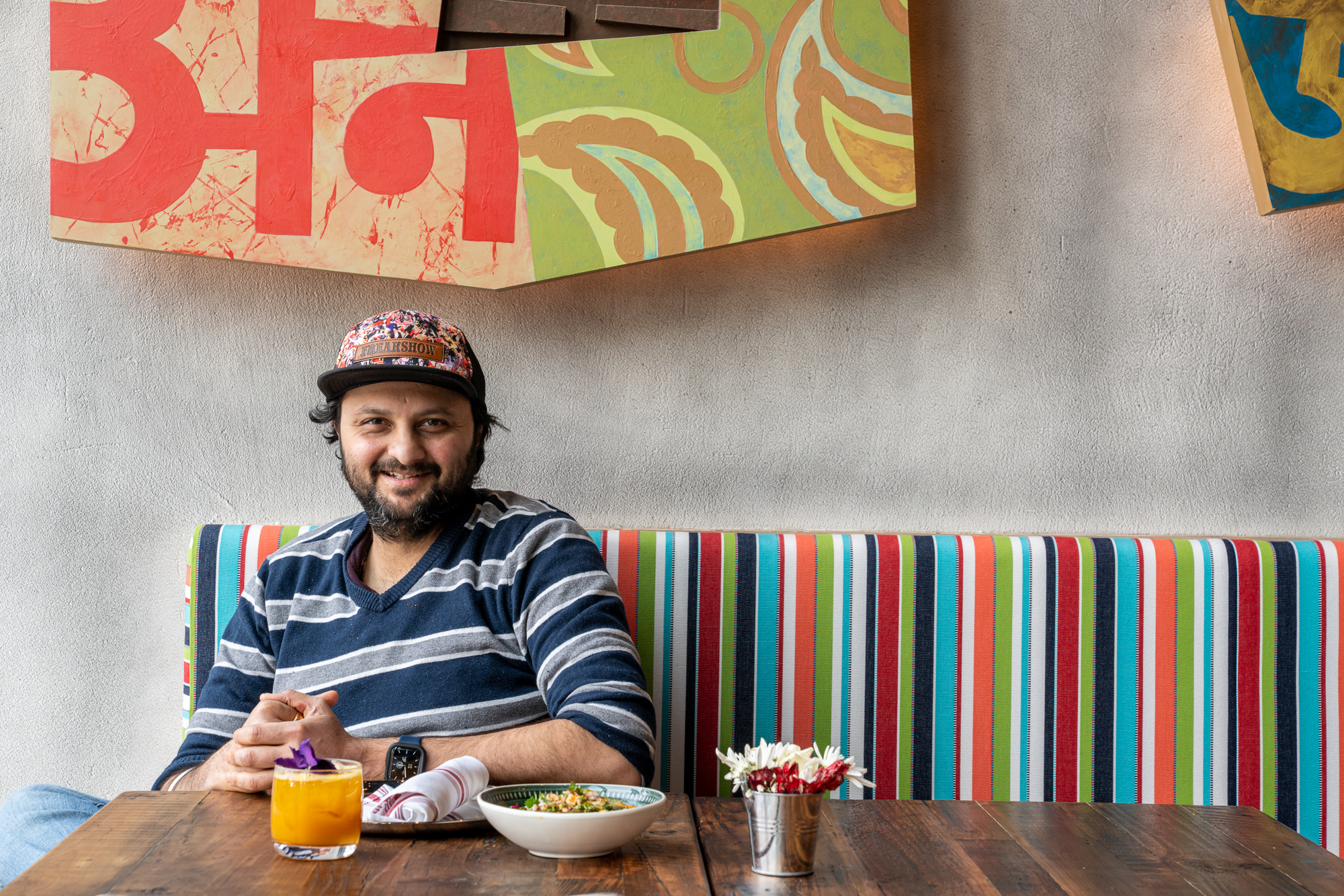
Simple and Authentic
Personally, Chintan loves working with all green leafies and pure ghee is the fat used to cook all the food. He says, “When I make Saag Paneer, it doesn’t only mean spinach. Saag for us means all the green leafy vegetables, even the ones we get here. As for ghee, we use insane amounts of it to cook our food. I don’t believe in all that drama of dry ice and other such tricks; and I don’t create any new dish. I simply prefer to serve the best version of a dish. I like to keep food as simple or as complicated it is, so long as it is original.”
Speaking of simple, Chintan doesn’t eat at his restaurants, but carries food from home. “My lunch box is usually boiled moong or boiled chana, some fruits and a protein bar. Even as a family, we don’t eat out much,” he says.
However, he reveals that his favourite dishes served at his restaurants include the Gunpowder Dosa at Semma, Paneer Tikka at Dhamaka, Dahi Batata Puri at Adda, Biyerbarri Fish Fry at Masalawala and Vada Pav at Rowdy Rooster. His favourite comfort food though is khichdi and chhaas or buttermilk.
Another practical touch is the fact that there is no fancy serveware used at Dhamaka. Food is served in steel plates and the glasses are standard fare from Ikea. Chintan believes in letting his food do the talking. And talking it is, with Dhamaka having a waiting list of 400-500 people wanting a reservation every day.
With all this success under his chef’s hat; other chefs in the US, following his trajectory of serving authentic Indian food, with chillies and all the other bells and whistles, how does Chintan stay grounded? There is that brutal honesty again. “We as Indians celebrate too much. There are chefs who have achieved far more accolades than we can think of. My goal is to reach that level. I am happy with what I have achieved, but I wonder how will I get there?”
View this post on Instagram
And the reason he is so confident about his talent is the setbacks he has faced in the past. “People only see the success; they don’t see the blunders that came first. But I am not scared of failure; when you have nothing to lose, you are free to do what you believe in.” And because of this very attitude, the Global Indian is happy that more chefs are following the trend he has set. “More is good, we should take everyone with us as we do better.”
Busy with several assignments besides creating new menus, Chintan Pandya is also toying with the idea of a cookbook that he plans to launch soon. We are sure it will be nothing but an original compilation.
Chef Chintan Pandya eats at:
- Rezdora and Don Angie for authentic Italian
- Wus Wonton for Pan Asian
- Kailash Parbat for Indian street food
- Ayada Thai for Thai food
- Spice Symphony for Indian Chinese
- Follow Chef Chintan Pandya on Instagram

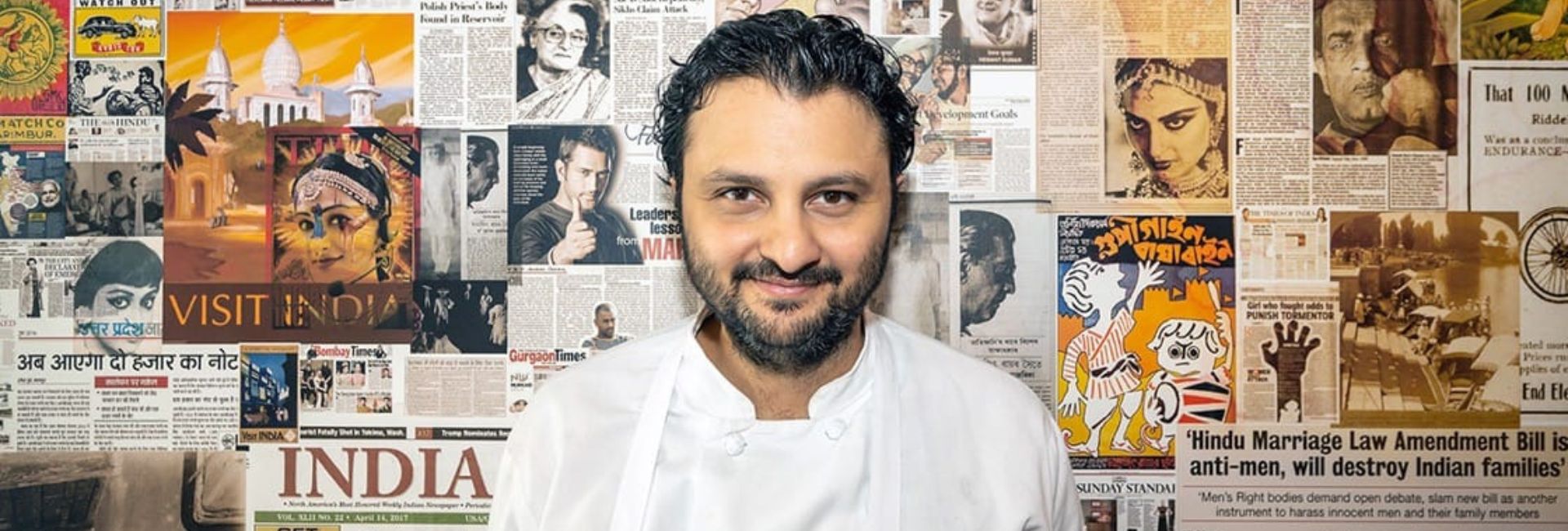

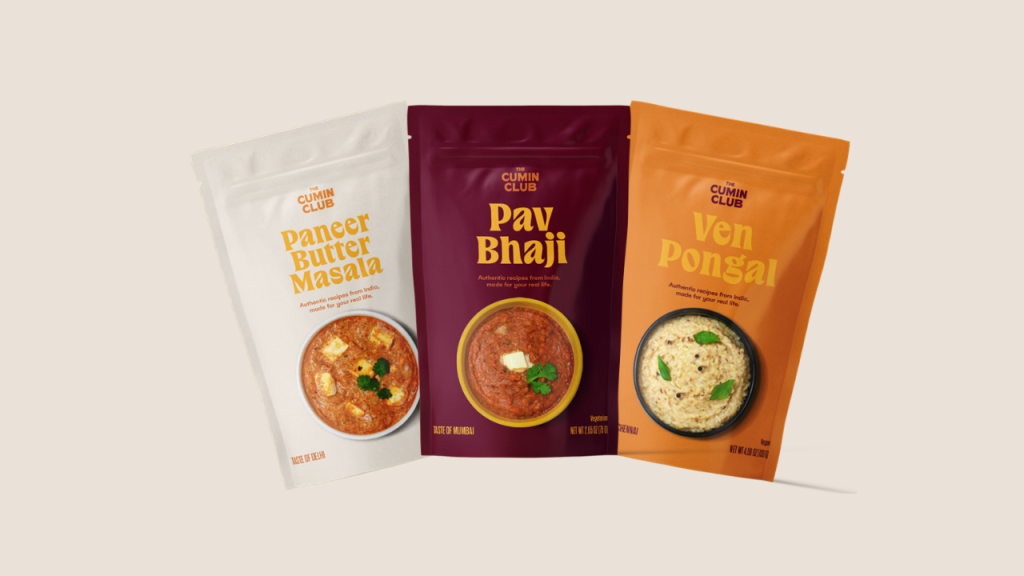

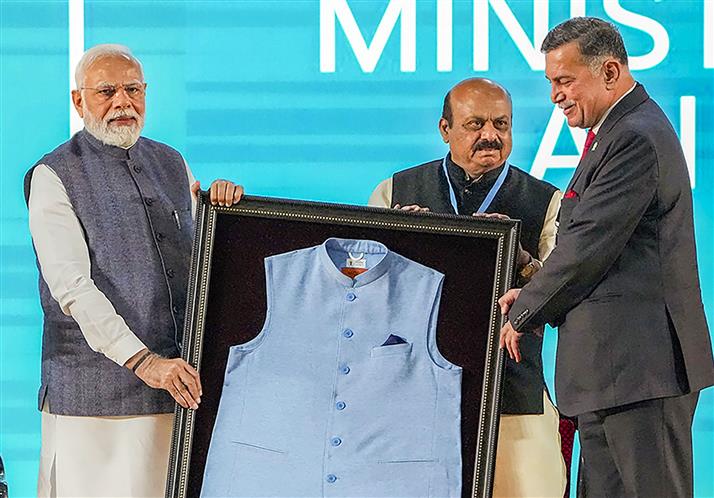 Ecoline's sadri jacket gifted to PM Modi[/caption]
Ecoline's sadri jacket gifted to PM Modi[/caption]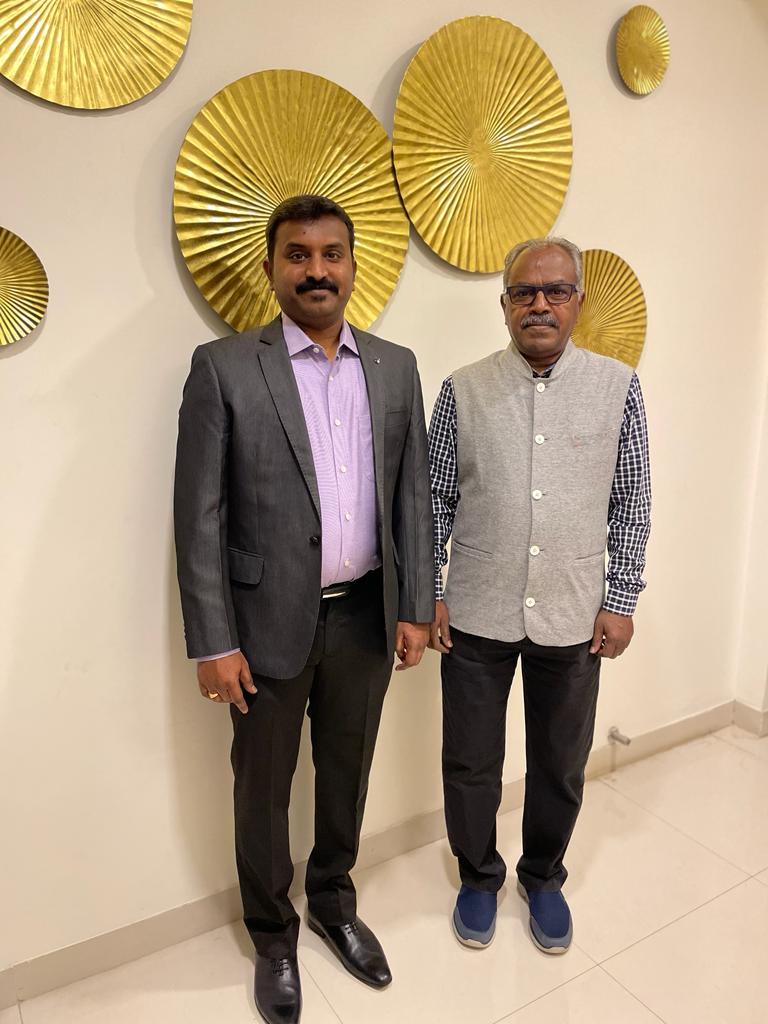 Senthil Sankar with dad K Sankar[/caption]
Senthil Sankar with dad K Sankar[/caption]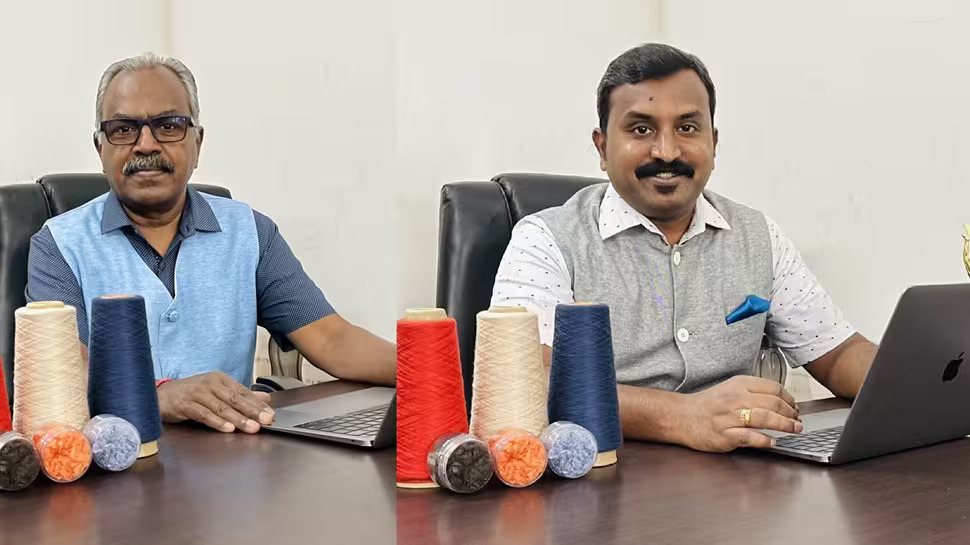
 Discarded PET bottles[/caption]
Discarded PET bottles[/caption]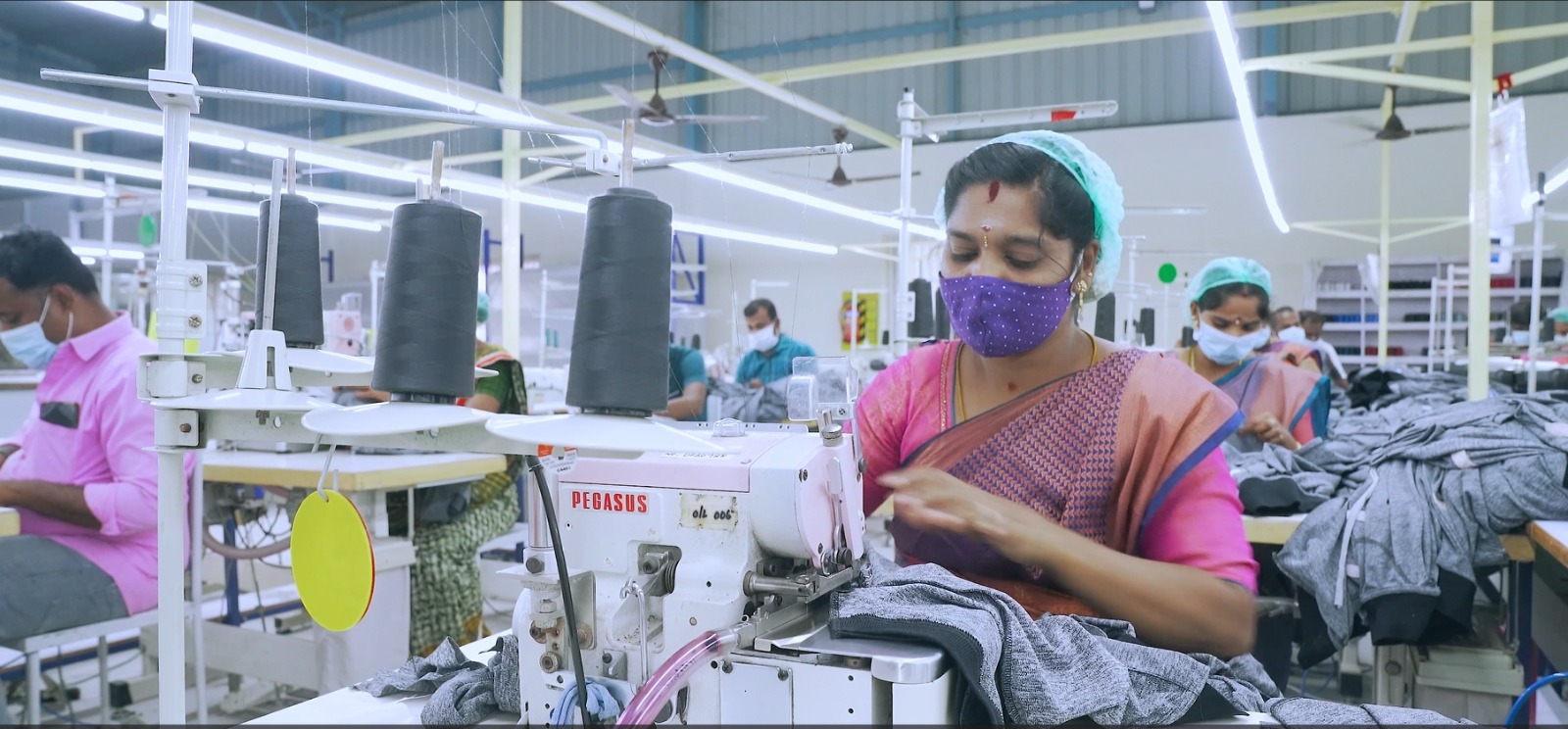
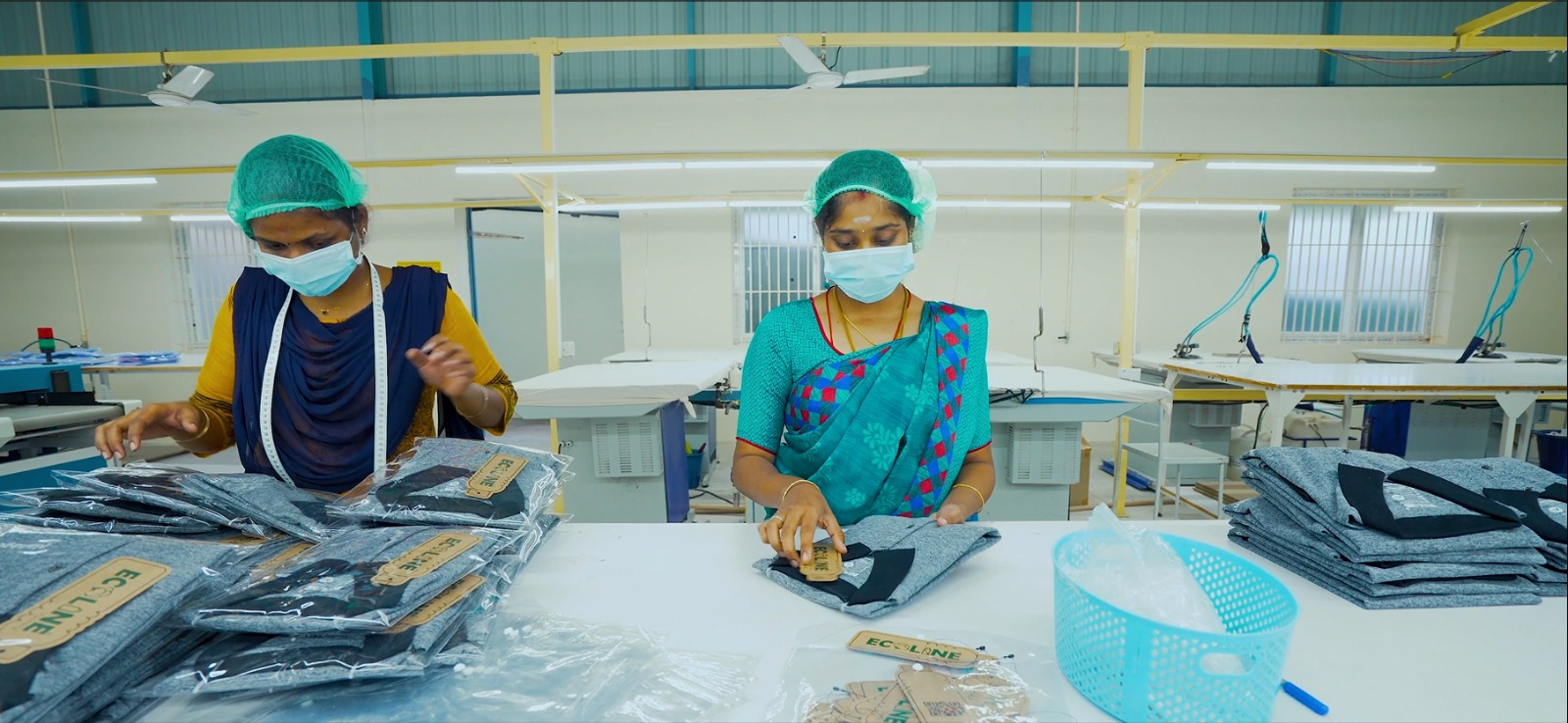

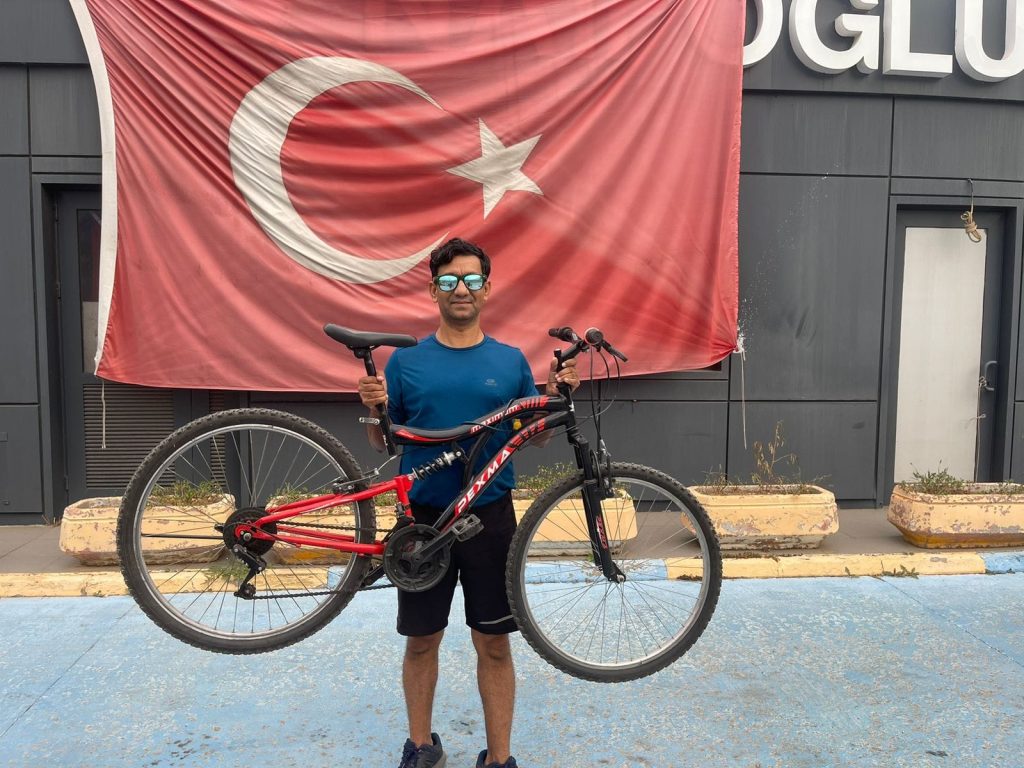 Dr Umesh Bhammarkar | marathon | Global Indian[/caption]
Dr Umesh Bhammarkar | marathon | Global Indian[/caption]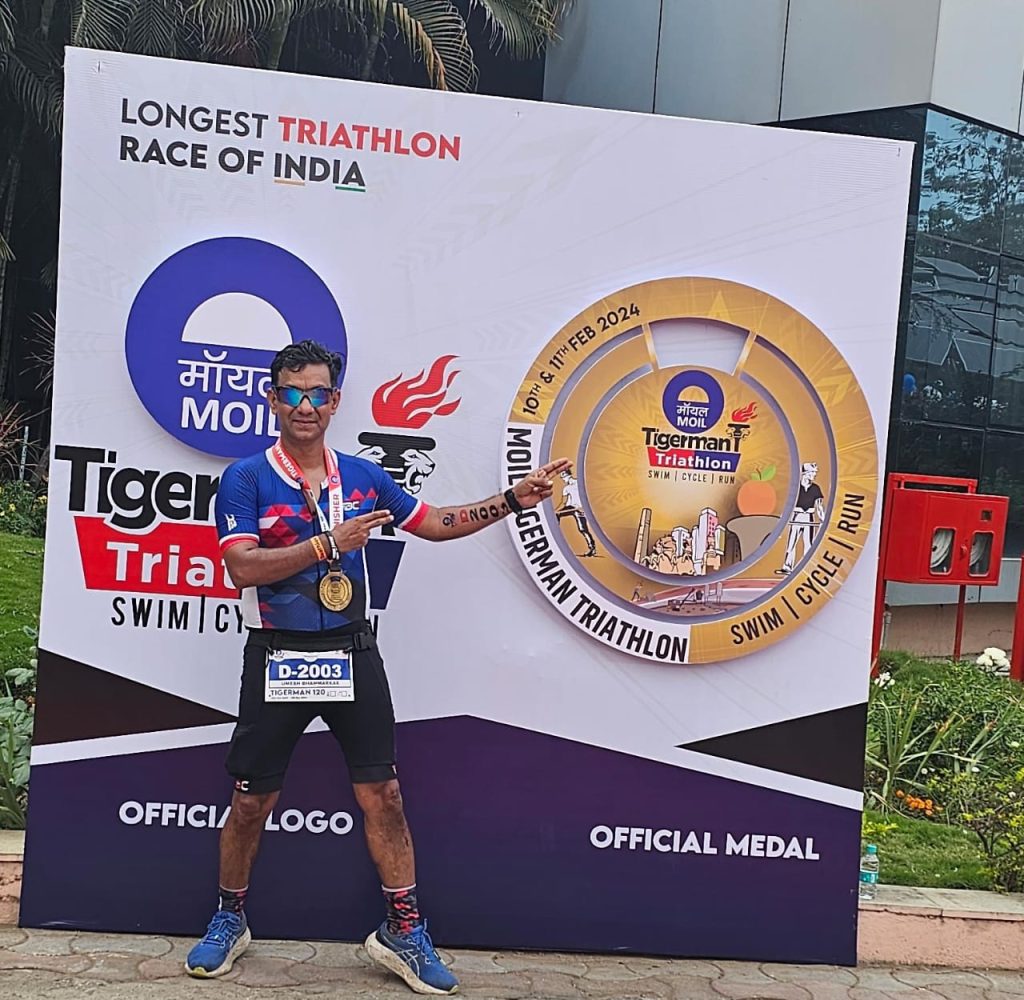
 When he isn't in a marathon Dr Umesh also loves horse riding and skydiving[/caption]
When he isn't in a marathon Dr Umesh also loves horse riding and skydiving[/caption]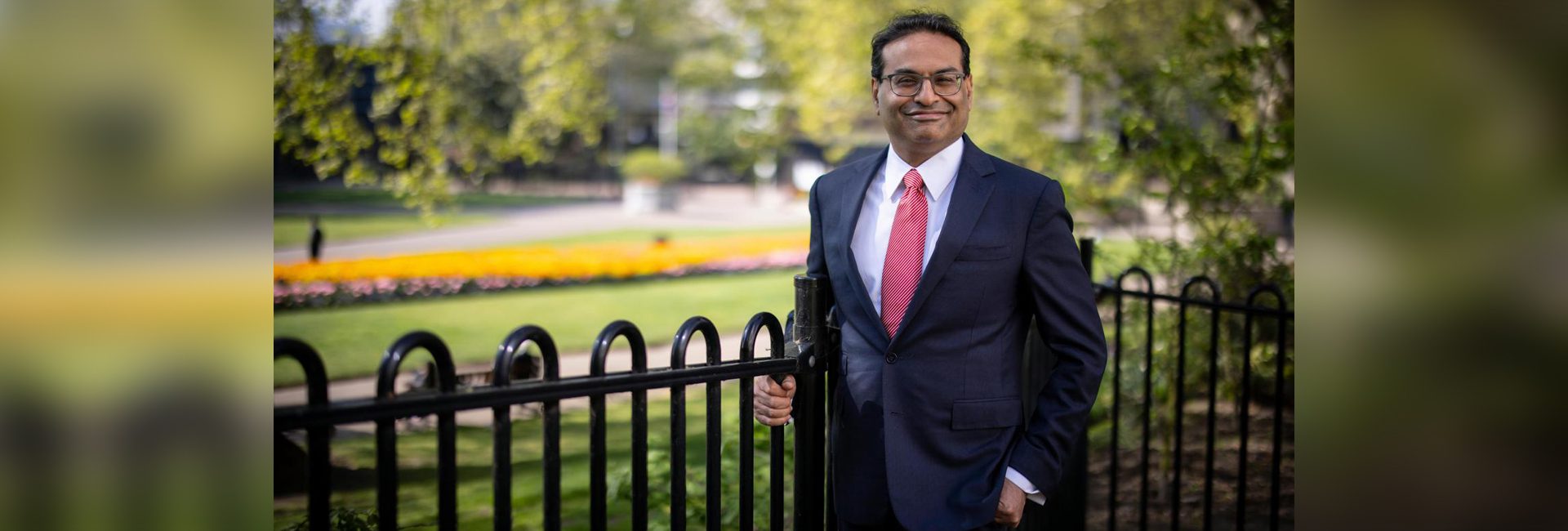
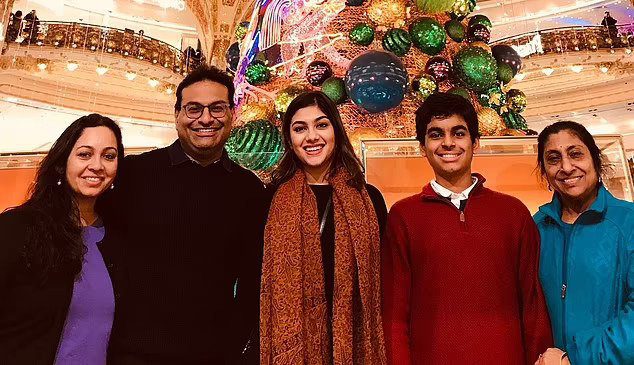 Narasimham with his family in Paris[/caption]
Narasimham with his family in Paris[/caption]
